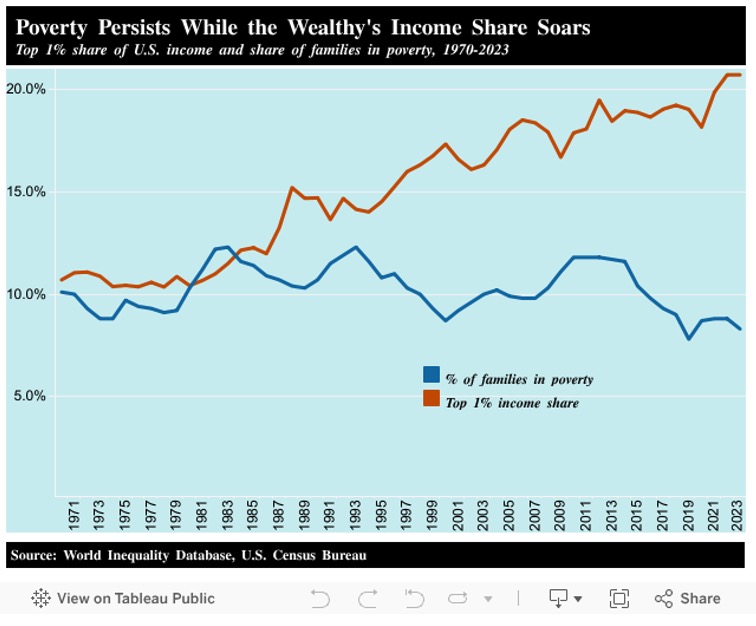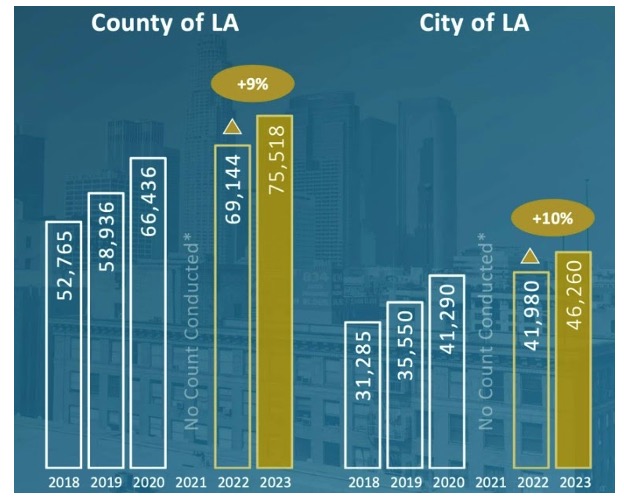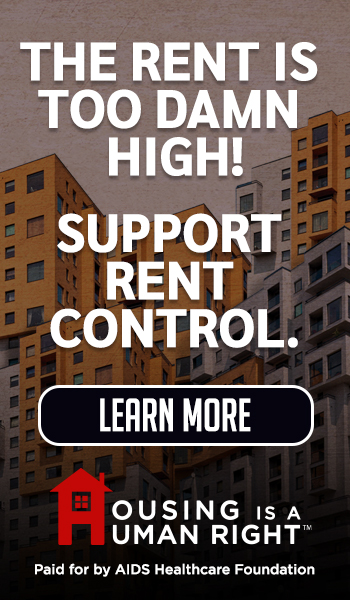Comments
PLANNING WATCH - When sports fans descend on Los Angeles for the World Cup in 2026 and the Olympics in 2028, they will discover a major US city that unsuccessfully tries to hide the devastation that most Angelenos ignore.
What do we mean by urban decay that is so extensive that it cannot be hidden? Economist Richard Wolff has identified two trends that can be found across the entire United States:
Trend #1. Infrastructure. In Wolff’s analysis, US infrastructure is falling apart, largely a result of deferred maintenance because of hard-pressed local budgets. This is confirmed by the American Society of Civil Engineers, which grades 18 categories of infrastructure. For the categories most germane to Los Angeles, the average grade is D+ (Airport D+, drinking water C-, hazardous waste C, roads D+, schools D+, transit D, and wastewater D+)
Trend #2: Inequality. According to Prof. Wolff, poverty rates in the United States now compare to ancient Egypt and the Middle Ages. Not only is the middle class disappearing, but related indexes confirm that inequality is increasing, especially from the 1980s.

What about local trends since they, too, reveal decline in LA, this country’s second largest city?
Climate change research has been sidelined at LA’s City Hall, although there are still older climate studies posted on the City website. Nevertheless, current studies reveal that climate change made January 2025’s wildfires 35 percent more destructive.
Streetlights. They are dark at night in most neighborhoods because copper wire has been stolen from light standards. The repair dates have stretched out too many months because Street Lighting is so understaffed.
Sidewalks. LA has a 30 year $1.4 billion budget for sidewalk repairs. This averages out to almost $47,000,000/year. While this might seem like a princely sum, the 30 year time period guarantees it will not be nearly enough to repair the city’s sidewalks.
Street maintenance. LA’ s streets are in horrible shape. Regarding a 2013 report, “LA Streets: The Road to the Future,” the previous City Controller told the Daily News: “As the streets of Los Angeles continue to deteriorate, the Los Angeles Bureau of Street Services has been unable to document both the number and location of potholes throughout the city . . .”
Mayor Bass finally took action in 2024 on the City’s potholed streets in Executive Directive #9, Streamlining Capital Project Delivery and Equitable Investing in the Public Right-of-Way:
“The City of Los Angeles currently lacks a comprehensive, multi-year plan for maintaining and developing infrastructure in the public right-of-way. Angelenos do not have a clear understanding of what can realistically be funded and when, nor what the City’s long-term priorities are beyond those of a given year. Additionally, fragmented governance over what gets built on and below our streets means that projects requiring strong collaboration between City departments experience last-minute changes, creating cost overruns that contribute to a growing total cost of capital projects. Furthermore, the City is financing many of these projects in a year-over-year approach . . . Without dedicated and predictable sources of capital, project work stops and starts and takes much longer to complete, costing us more. As a result, many communities suffer from deferred maintenance that degrade our streets, sidewalks, parks and aging facilities, and delay improvements that prevent injury and save lives.”
Street trees. The Davey Tree Expert Company submitted a detailed inventory of Los Angeles trees to LA’s Urban Forestry Division in 2022. Since Urban Forestry barely mentions this report on its website, it is hard to know the report’s impact. At City Hall it appears to be business-as-usual.
Homelessness and overcrowding. Year-by-year homelessness and overcrowding have increased in Los Angeles because the cost of housing has increased much faster than incomes.

Population decline, LA’s population is now about 3.8 million, but is projected to go down to 3.2 million by 2060 because of the high cost of housing, low birth rates, and reduced in-migration.
Los Angeles also faces major expenses for which local funding is scarce. These include the Convention Center, recreation and parks, clean water, LA River, and streets and sidewalks. While these costs could be covered by the Federal government, this would require major reductions in military spending. So far, Republicans and Democrats in Washington, DC, have not approved these transfers.
(Dick Platkin ([email protected]) is a retired LA city planner, who reports on local planning issues. He is a board member of United Neighborhoods for Los Angeles (UN4LA). Previous columns are available at the CityWatchLA archives.)





